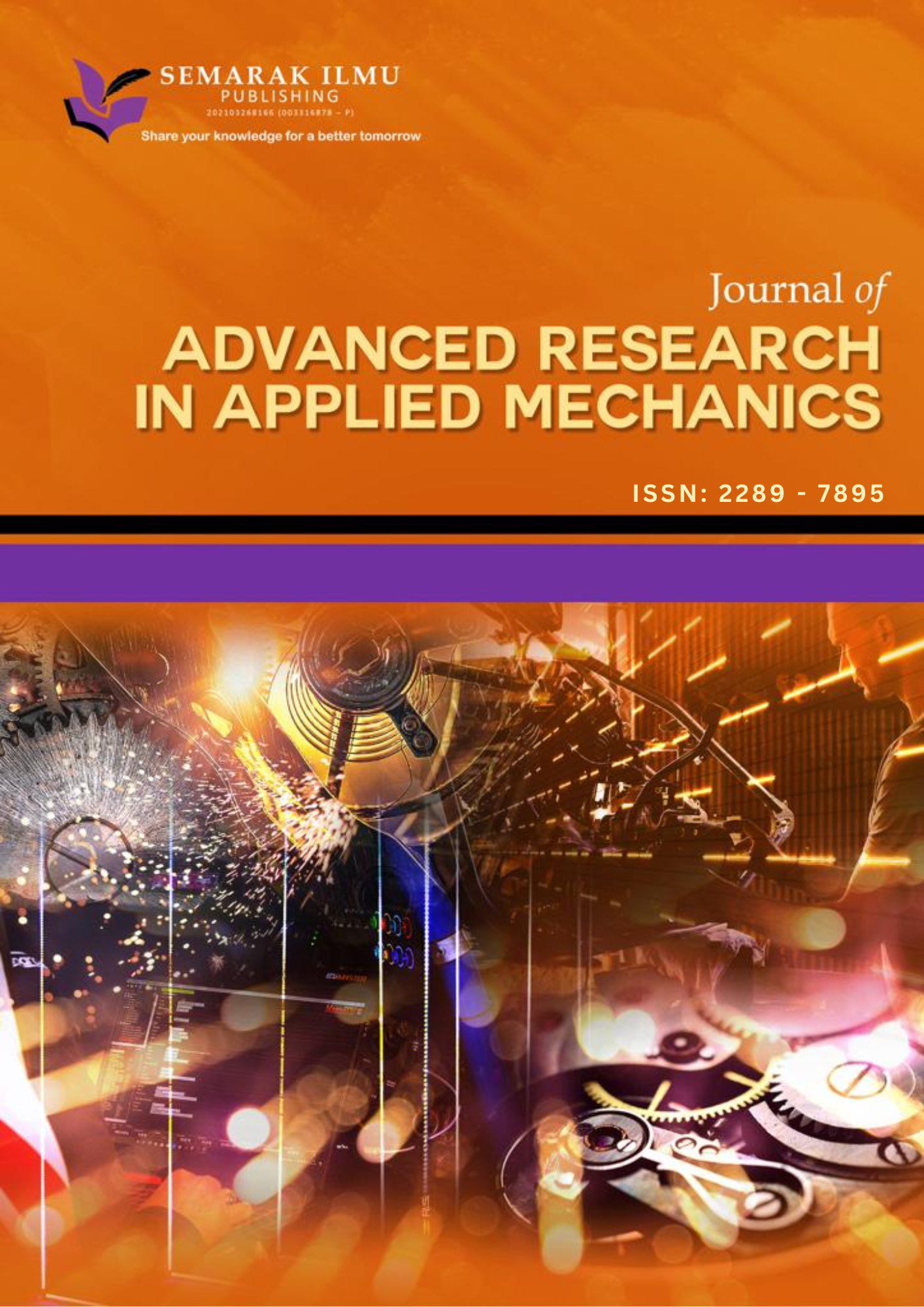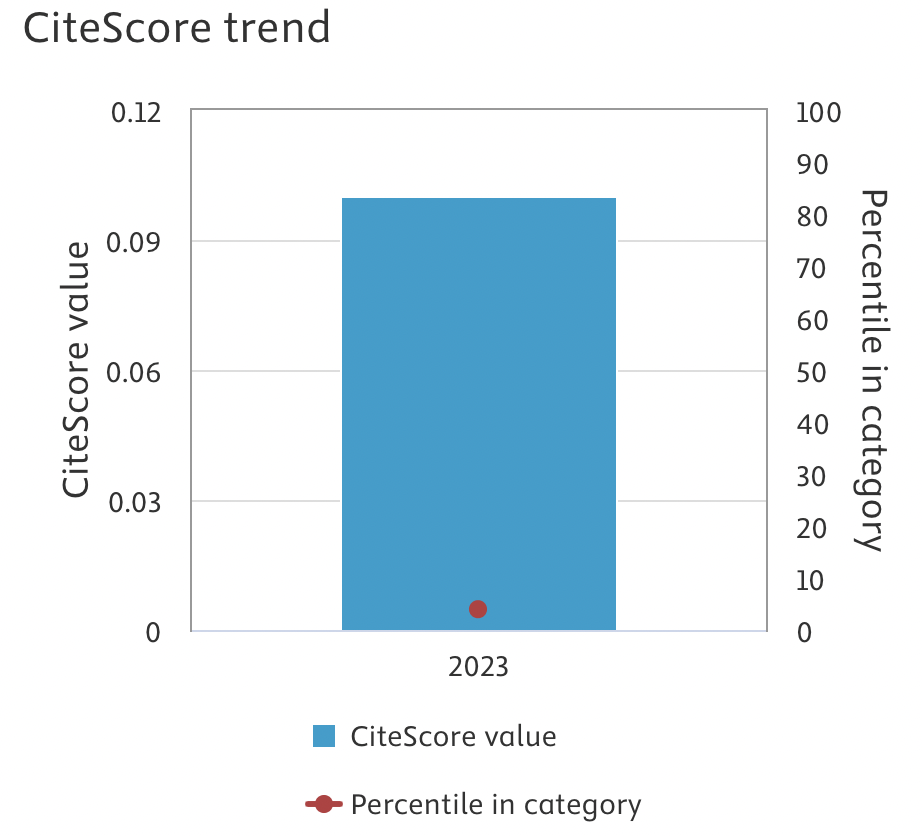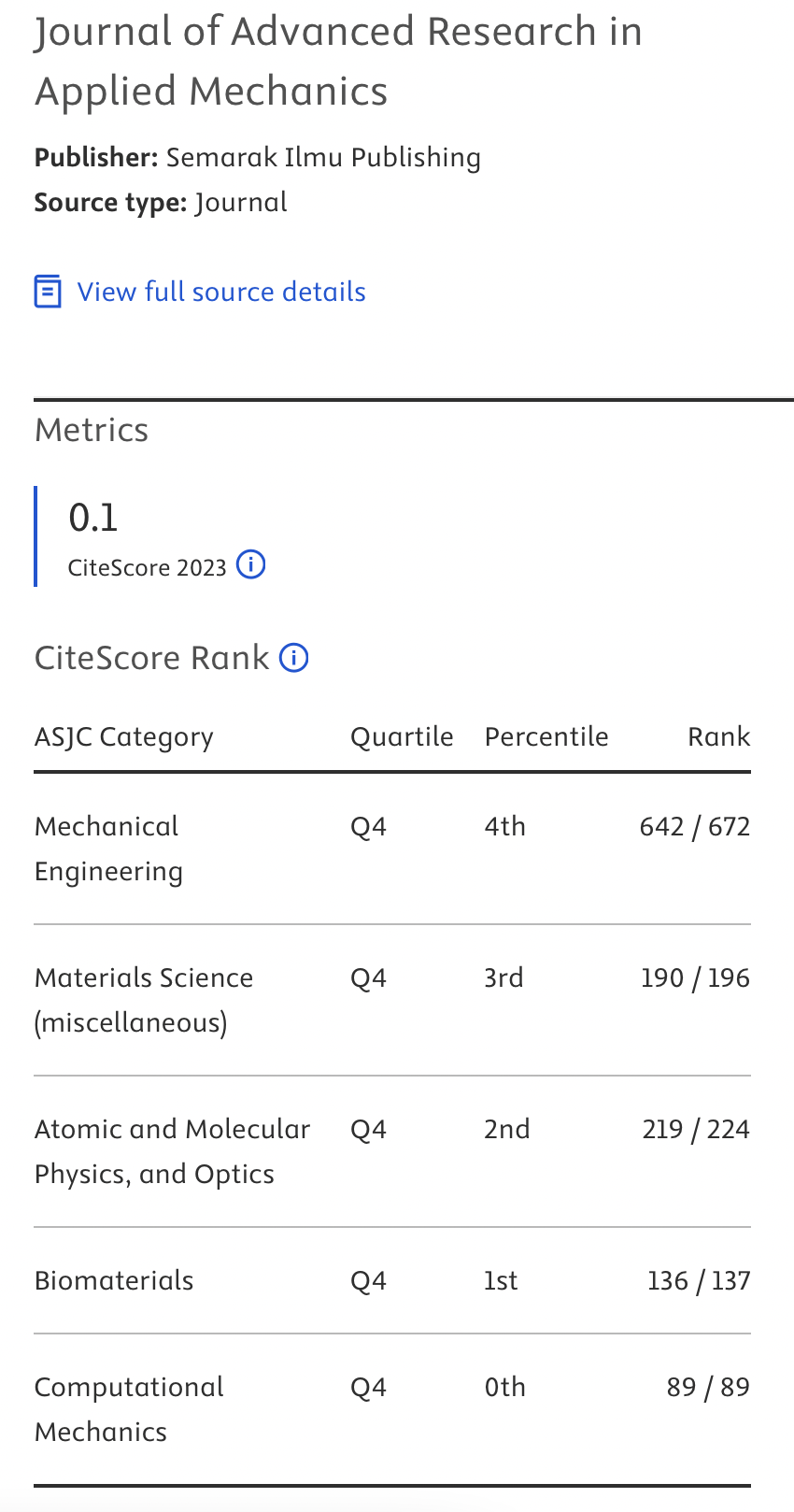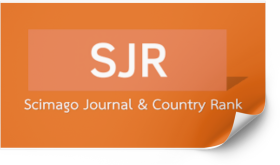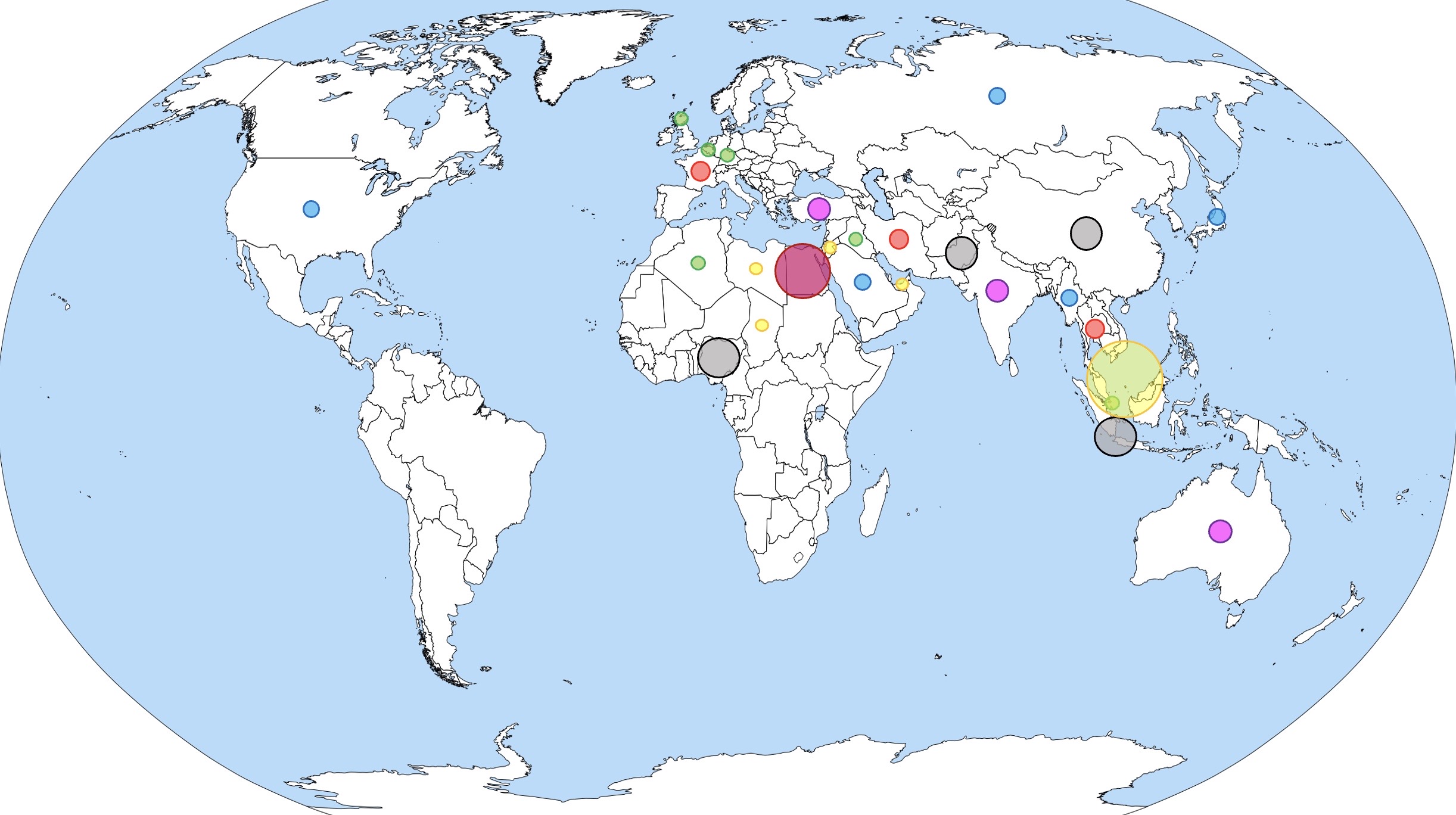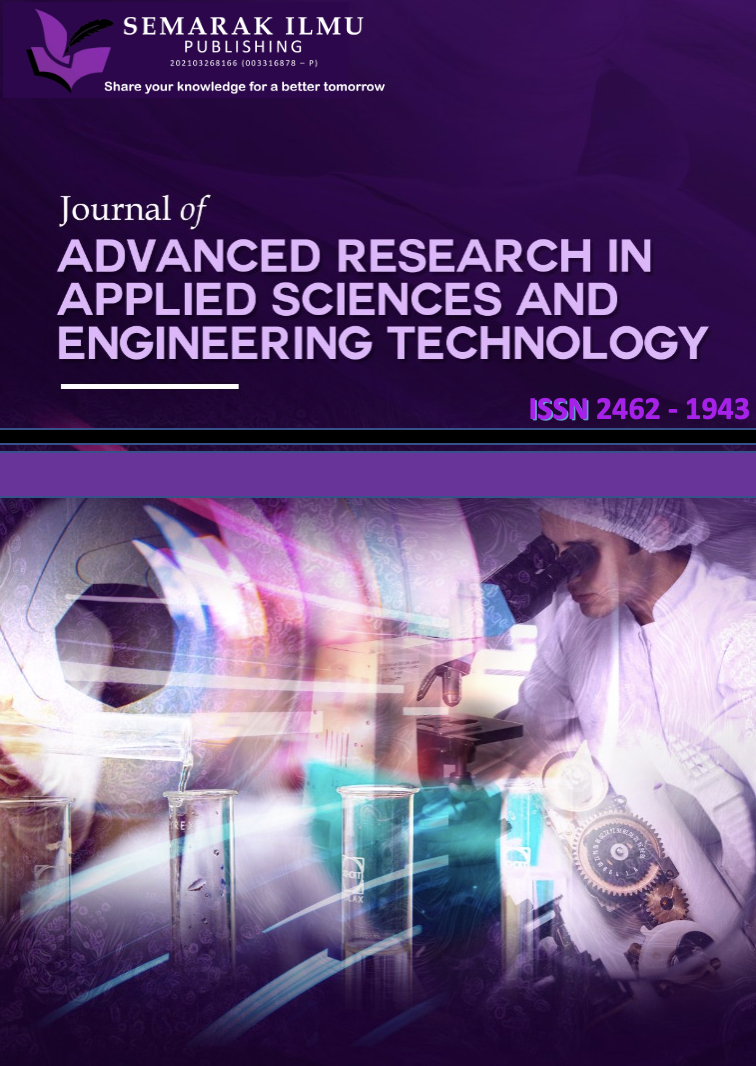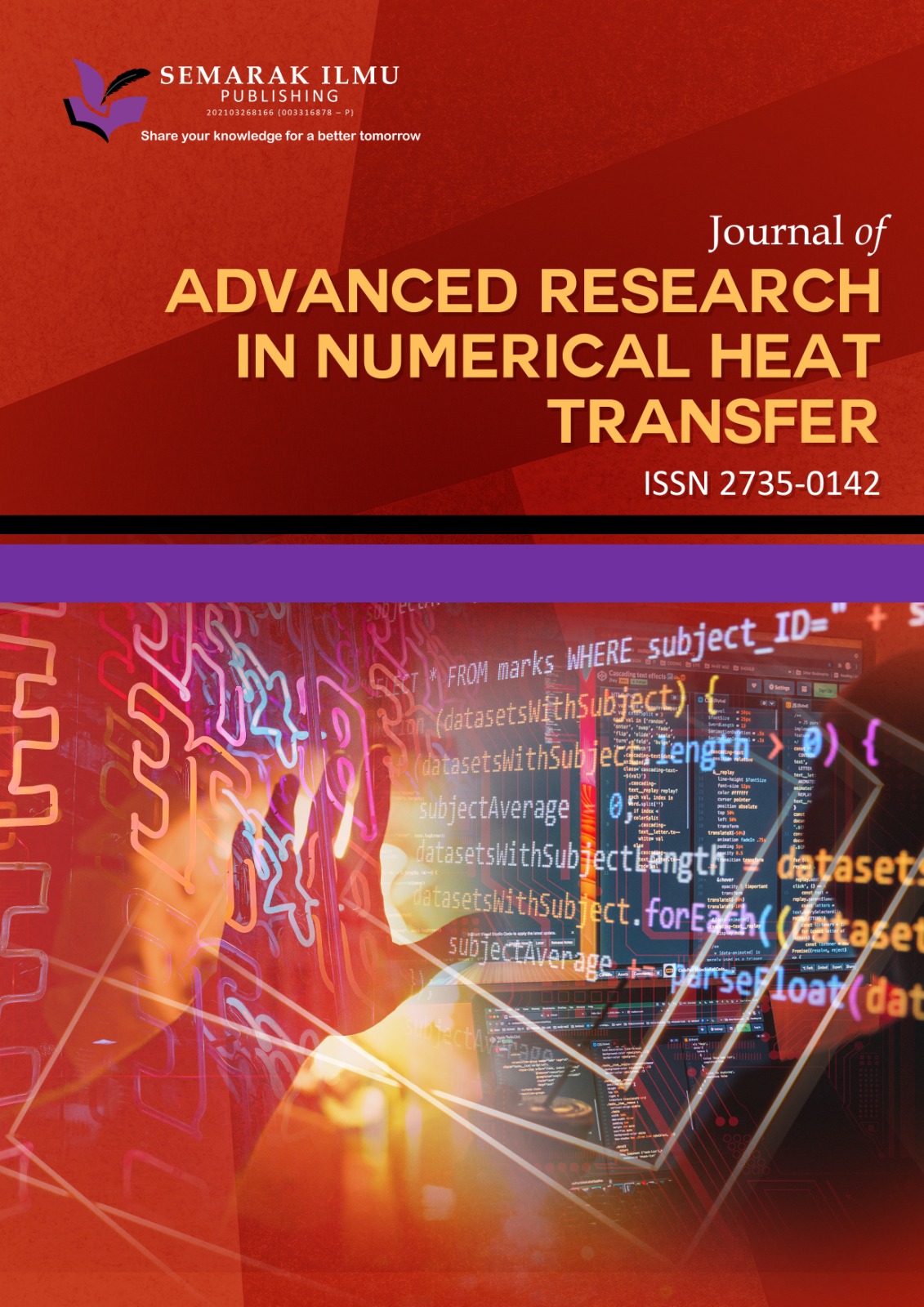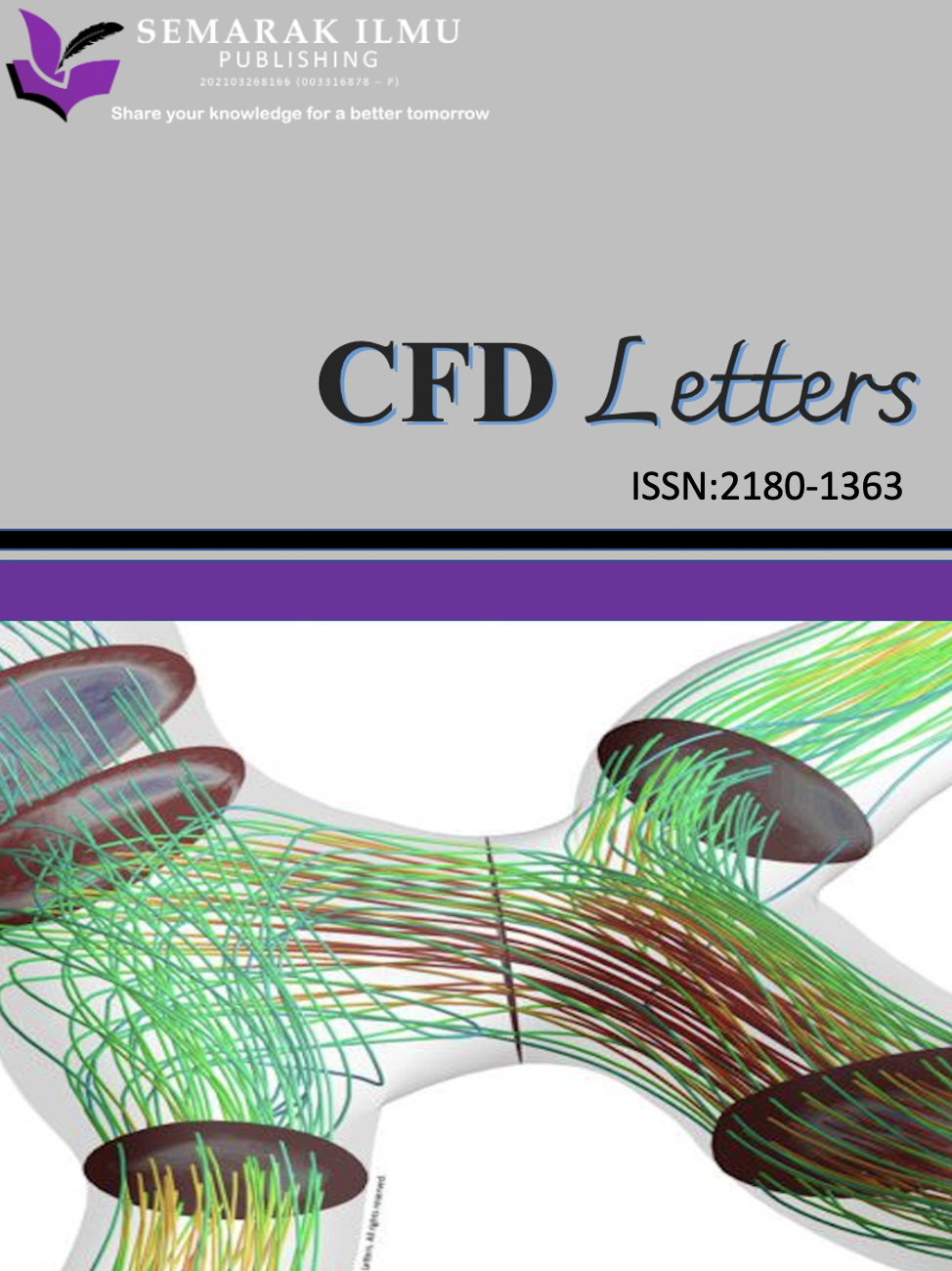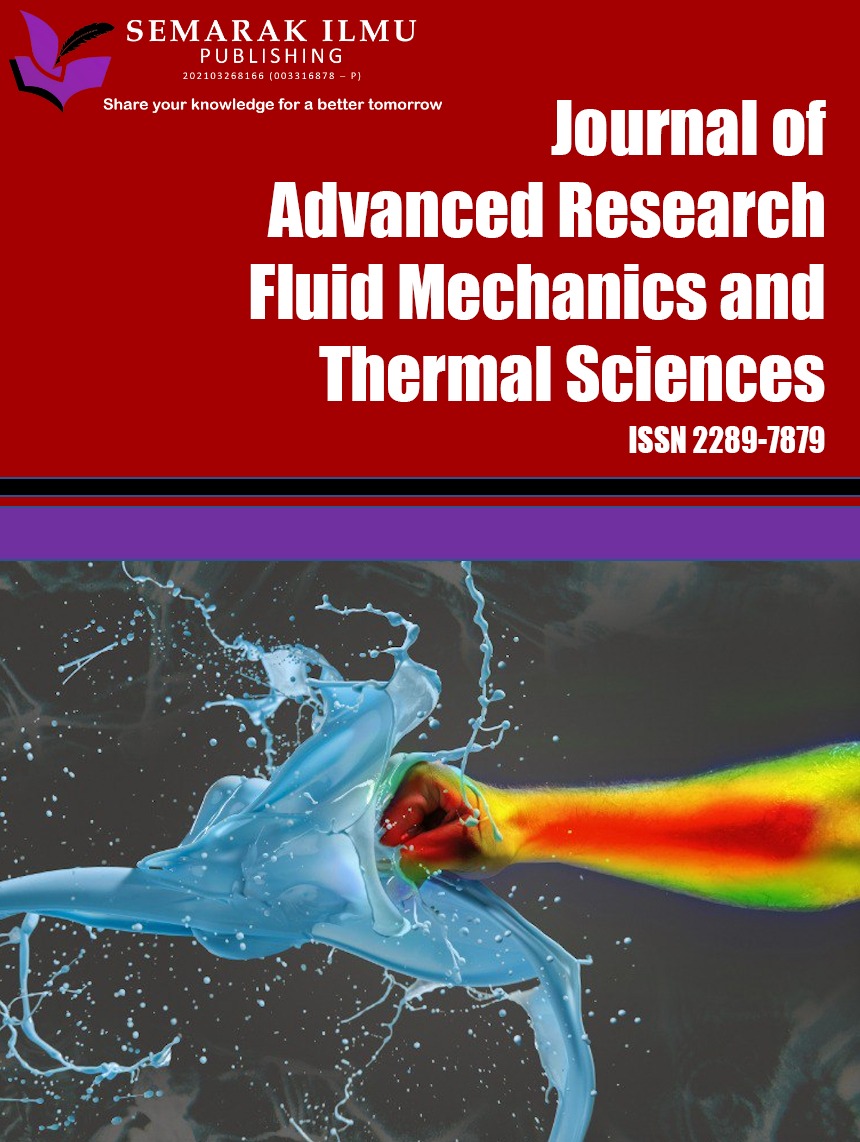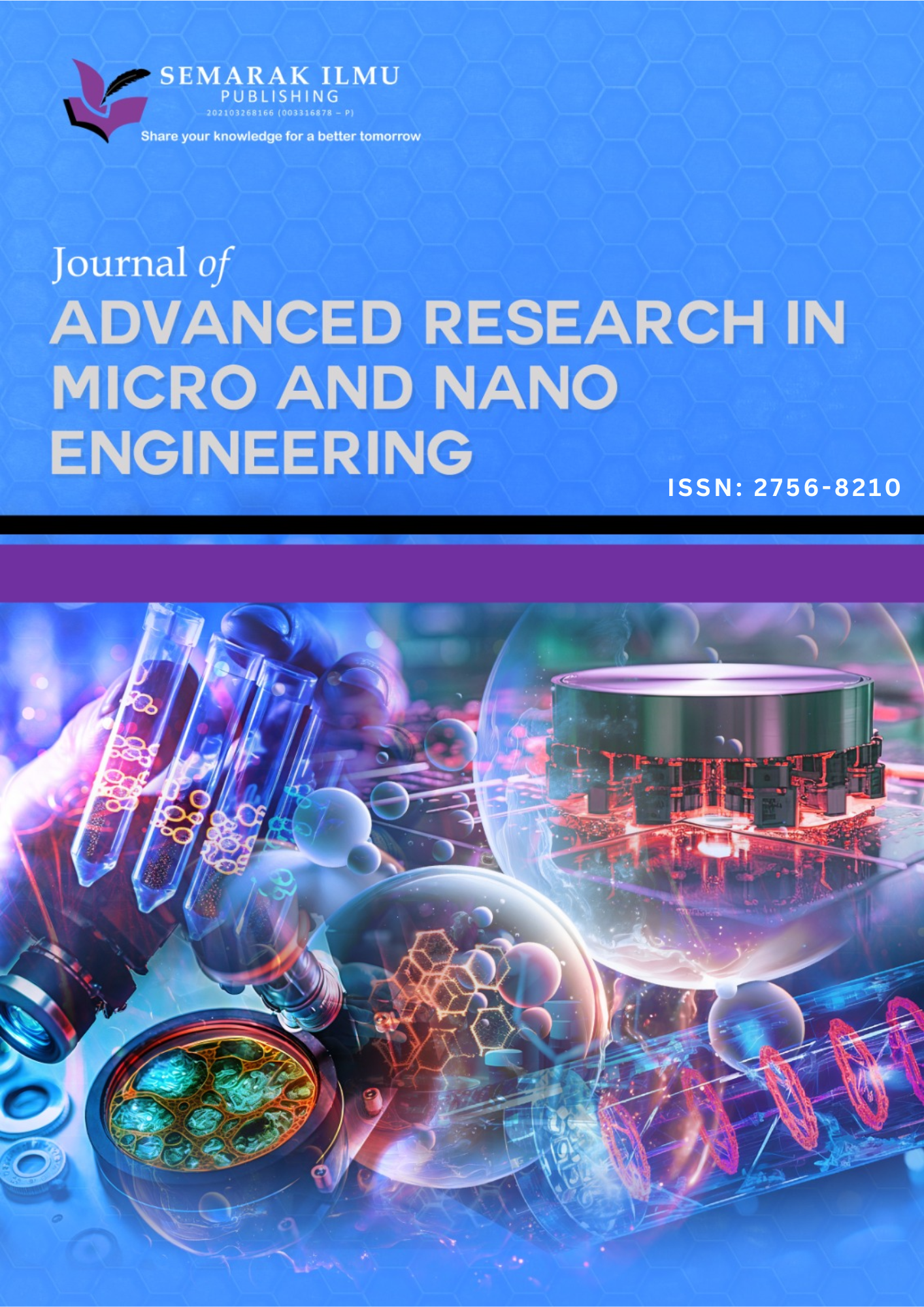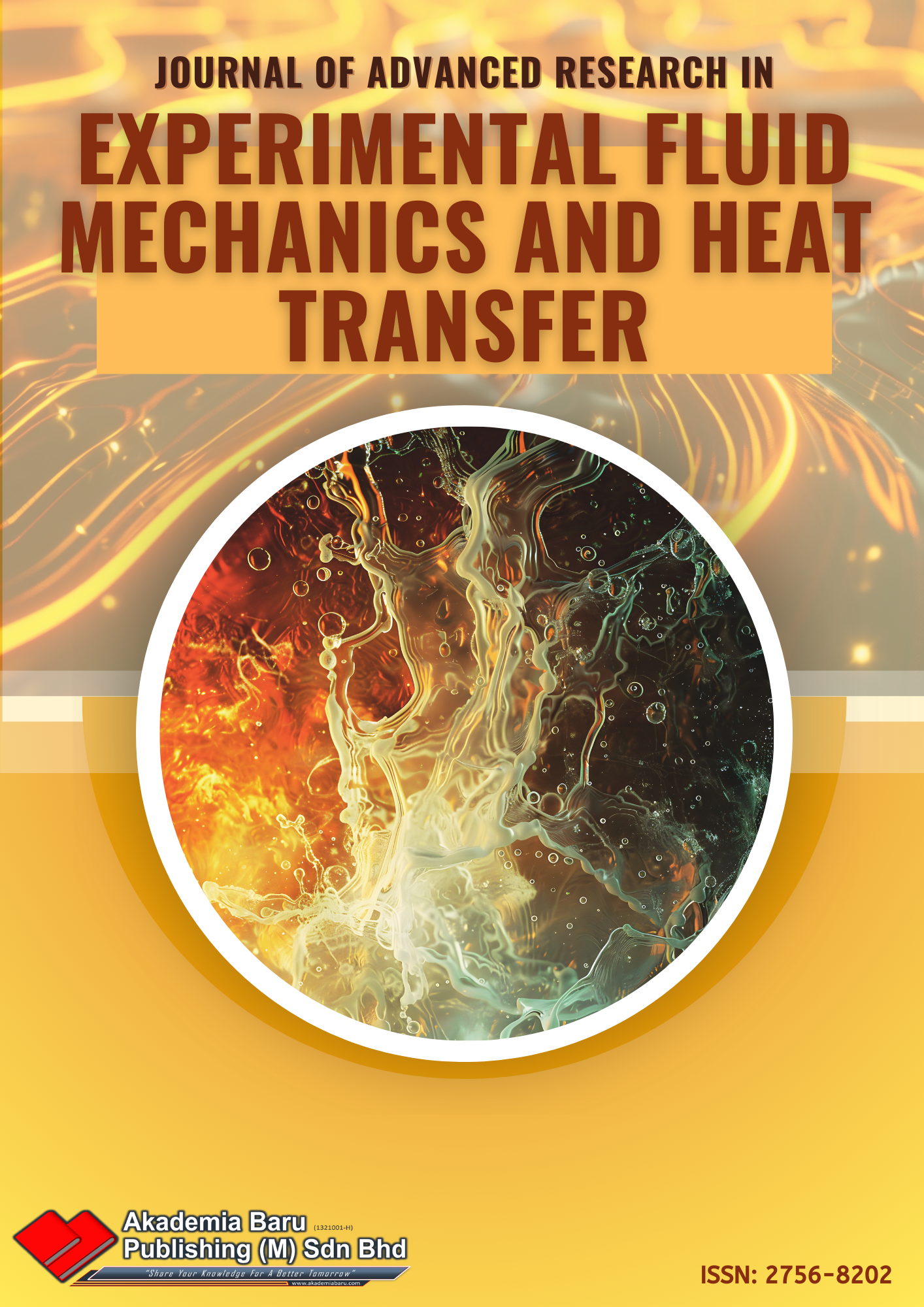Mechanical Properties of Concrete with Rubber Powder and Clamshell Powder
DOI:
https://doi.org/10.37934/aram.131.1.144157Keywords:
Clamshell, rubber, powder, mortar, wasteAbstract
Modern society's growing concern for sustainability is evident in efforts to combat environmental issues like waste accumulation and resource depletion. Recycling waste materials, such as tires and seashells, into sustainable concrete aggregates is crucial for addressing these challenges. However, integrating rubber scraps into concrete can weaken its mechanical properties, with the thickness of the interface between rubbers and cement matrix increasing with higher rubber content. Researchers are exploring ways to mitigate this strength loss by incorporating additional components into rubberized cementitious materials. Similarly, seashell waste presents challenges like soil solidification and illegal dumping, further highlighting the need for innovative solutions in waste management and construction practices. This study investigates the viability of using rubber powder (at 1%, 5%, 10%, and 15%) and clamshell powder (at 5%) as partial substitutes for sand and cement in concrete. Objectives include evaluating concrete’s mechanical properties and determining the optimal rubber powder percentage in combination with clamshell powder. Concrete proportions are meticulously calculated according to mixed design, and materials are mixed in a laboratory concrete mixer. Concrete’s fresh density was determined before pouring into cube moulds with size 100mm x 100mm x 100 mm and prism moulds with size 100mm x 100mm x 500 mm for curing. Samples are cured for 7, 14, and 28 days in water, and then subjected to compression and flexural tests. Results indicate a decrease in compression strength with higher rubber powder percentages, with 15% exhibiting the lowest compression strength (25.06 MPa) and 1% the highest (39.02 MPa). Flexural testing revealed that a combination of 1% rubber powder with clamshell powder yielded optimal results (4.97MPa). In conclusion, the study suggests that the ideal proportion of rubber with 5% clamshell powder is 1%, offering insights into sustainable construction practices.
Downloads


